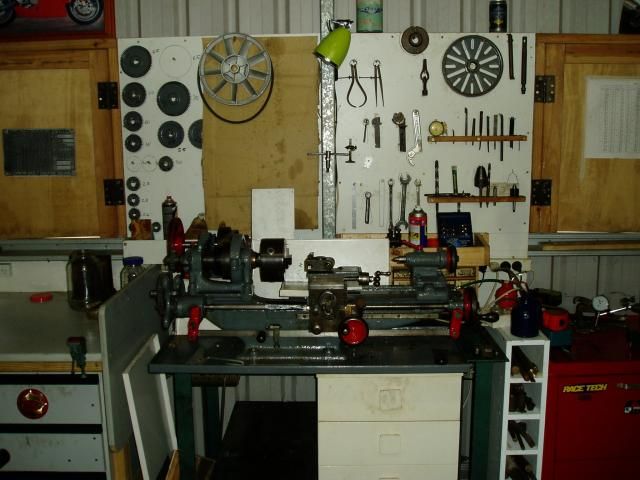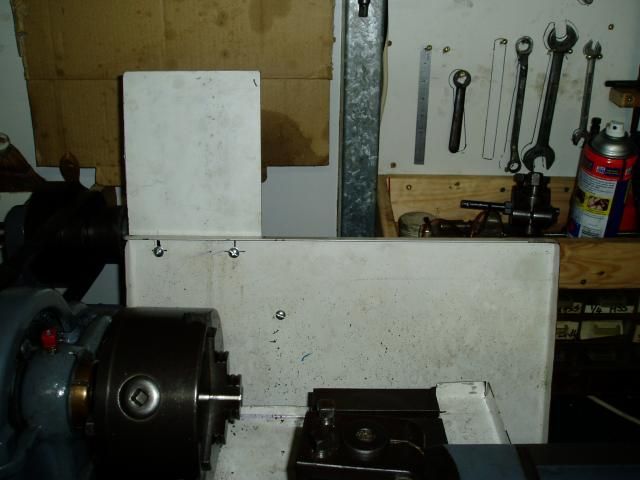- Joined
- May 27, 2010
- Messages
- 2,999
- Reaction score
- 1,171
I have too many used/new tothbrushes lying around. Been using mini brushed to apply cutting oil when parting. Brushes do eaten up when using it to clear chip build up. Will try out toothbrushes.
Chips.
In 1961,we had open day at Singapore Polytechnic and Gus was one of those students demonstrating his
(limited)turning skills. A rather long swirl was generated and curling out nicely and Gus was playing with it. An elderly gentleman gave me good advice. "Never never play with those swirls,you can loose your fingers/hand/arm and life." Took his advice seriously.
30 years later,Gus gave same advice to an apprentice turner and only to get a sharp rebuke. Days later he lost a finger while turning stainless steel.
Wearing gloves when working on a drill press is also another potential finger losing event. My left thumb got dislocated and hand scarred. Scar is still there but very faint.
Chips.
In 1961,we had open day at Singapore Polytechnic and Gus was one of those students demonstrating his
(limited)turning skills. A rather long swirl was generated and curling out nicely and Gus was playing with it. An elderly gentleman gave me good advice. "Never never play with those swirls,you can loose your fingers/hand/arm and life." Took his advice seriously.
30 years later,Gus gave same advice to an apprentice turner and only to get a sharp rebuke. Days later he lost a finger while turning stainless steel.
Wearing gloves when working on a drill press is also another potential finger losing event. My left thumb got dislocated and hand scarred. Scar is still there but very faint.














![DreamPlan Home Design and Landscaping Software Free for Windows [PC Download]](https://m.media-amazon.com/images/I/51kvZH2dVLL._SL500_.jpg)
















































